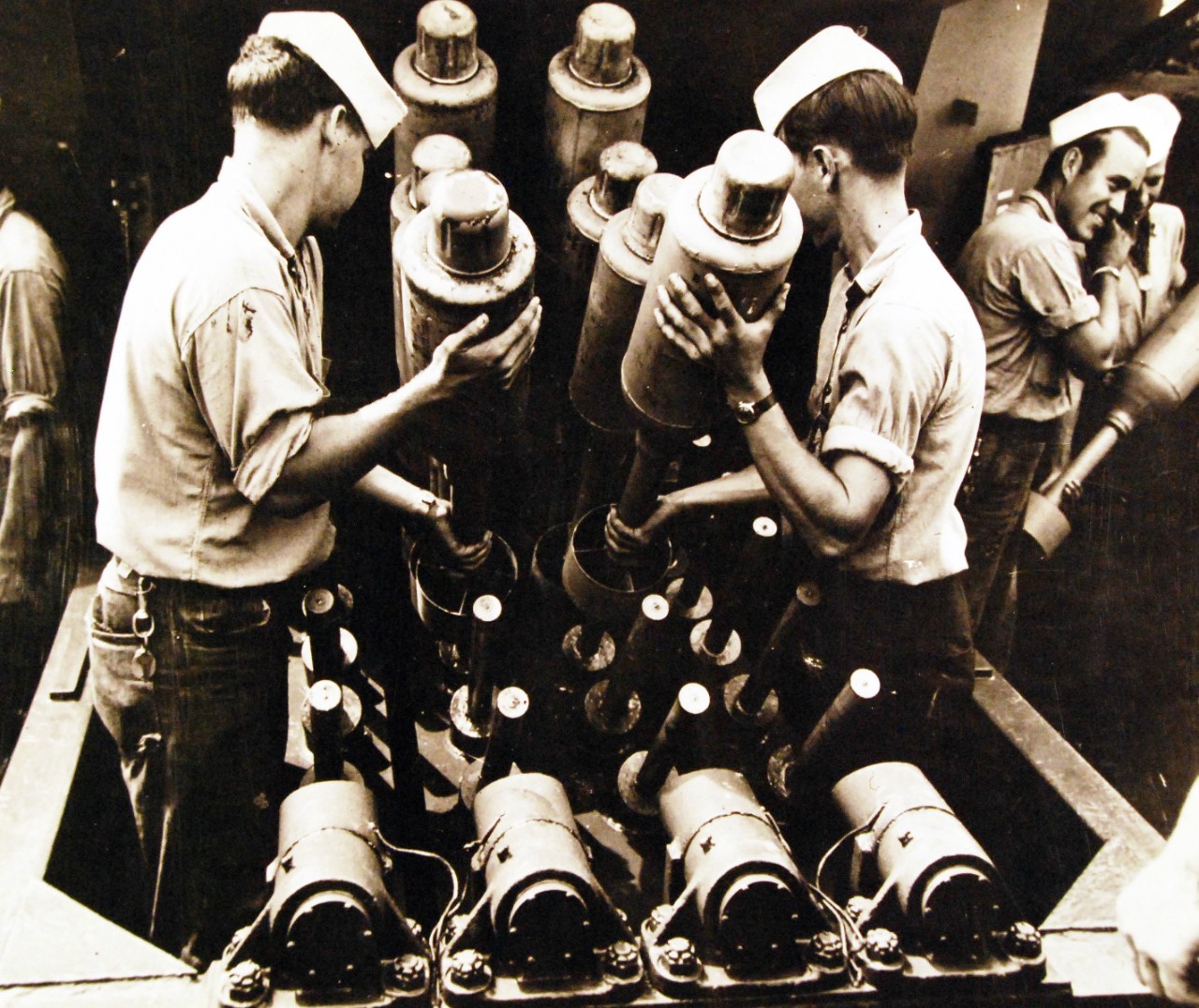The Swan class would be the last of the WW1 4" destroyers. They
would incorporate all of the new technology of the Tigris and
Hayes classes. Of the 24 of the class under construction,
only seven would be completed during 1918, another ten in 1919
and the final seven in 1920. There would then be a hiatus of
building destroyers while all of the advances of WW1 were
analysed and incorporated in the next destroyer classes.
Like a lot of countries,
Antarctica started splitting its destroyer squadrons into
smaller and smaller groups, as the firepower of the ships
increased. The Swan class were broken into groups of four with a
leader to make a five ship squadron. Which worked well when
there was 24 Swan class and 6 Hayes class. The mid 1930's saw
the Swan class drop down through the ranks as more modern
destroyers replaced them in the Fleet screening units. This was
also the time when the class began to be upgraded with modern
dual purpose weaponry for use against aircraft as well as
surface targets. The upgrades were simple, replace the centre 4"
with a quad 2 pounder mounting, replace the other four 4" with
dual purpose mountings, and finally remove the older single 2
pounder and replace them with modern 20mm cannons. The later
1930's and early 1940's saw the increase of radar being fitted
to the ships. All common events for destroyers of this age.
The
class remained in this state through the rest of the war as they
would be on convoy duties where anti-aircraft weaponry was not
as important as anti-submarine equipment. Though they kept their
full complement of torpedoes and were lucky to do so when three
destroyers put a couple of torpedoes into a German cruiser
(subsequently sunk by gunfire from the cruiser cover force). The
remaining class members from 1941 onwards lost 'A' 4" gun for a
Hedgehog mounting. Fighting the convoys through was a risky
business. Six of the class were lost on the convoys. Four more
were lost in guarding the Fleet Train vessels. Lastly another
three were lost in the Mediterannean as escorts along the North
African coast, helping to deliver supplies and cover the
monitors closing the coast road to the enemy land units. For
those losses the class participated in sinking five and a half
U-boats, torpedoed the German cruiser, and participated in
destroying many tanks and trucks along the North African coast
road. The last eleven vessels were discarded shortly after the
end of the war. They had performed better than their builders
could ever have imagined.
| Displacement | 1,450 tons standard, 1,675 tons full load | |
| Length | 336 ft | |
| Breadth | 35 ft | |
| Draught | 12 ft | |
| Machinery | 2 shaft, steam turbines, 38,000shp | |
| Speed | 35 knots | |
| Range | 6,000 miles at 10 knots | |
| Armament | As completed 5 x 4" (5x1) 4 x 2pd (4x1) |
Refits to 1941 3 x 4" DP (3x1) 4 x 2pd AA (1x4) 4 x 20mm (4x1) 1 x Hedgehog |
| Torpedoes | 6 x 21" (2x3) | 6 x 21" (2x3) |
| Complement | 120 | 130 |
| Notes | Swan Rhea Ostrich Cassowary Emu Penguin Pelican Condor Albatross Stork Turkey Eagle Vulture Thunderbird Moa Teratorn Waterfowl Bustard Goshawk Harrier Kite Goose Nightjar Seagull |
|
Loading the forward firing Hedgehog ASW weapon.
During World War II out of 5,174 British depth charge attacks
there were 85.5 kills, a ratio of 60.5 to 1. In comparison, the
Hedgehog made 268 attacks for 47 kills, a ratio of 5.7 to 1
